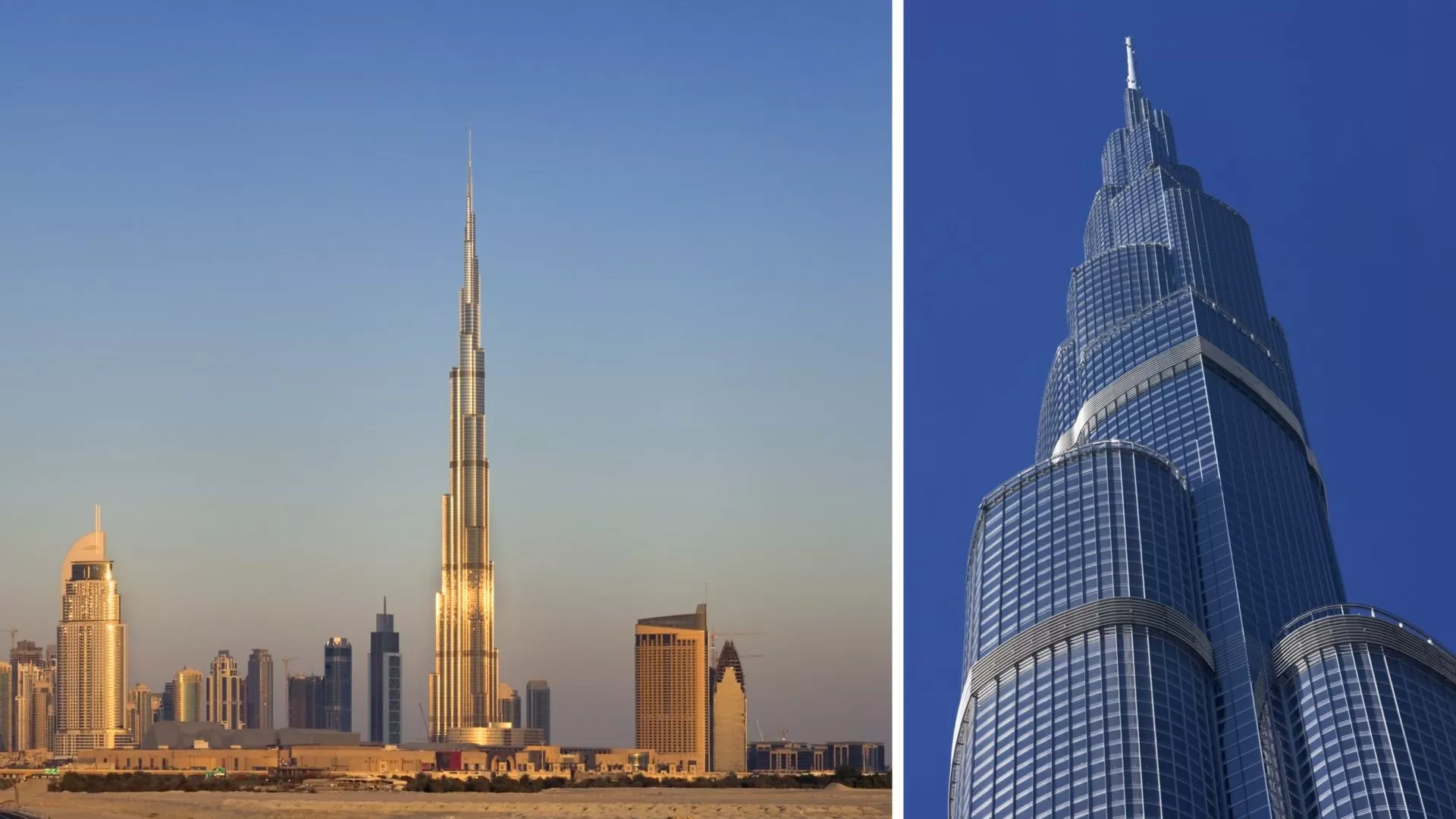
In the quest to touch the skies, architects and engineers around the globe have continually pushed the boundaries of design, technology, and ambition. The result is a world dotted with soaring skyscrapers, each a testament to human ingenuity and the desire to reach ever higher. But amidst this forest of tall buildings, one question often arises: What building has the most stories? This article delves into the marvels of modern architecture to answer just that, exploring the giants that dominate our skylines.
The Titans of the Sky
The race to the clouds is not just about height; it’s about stories, those layers of human endeavor stacked one atop the other. At the pinnacle of this race stands the Burj Khalifa in Dubai, United Arab Emirates. Soaring to a breathtaking height of 2,717 feet, this architectural marvel boasts 163 stories of luxury hotels, residential spaces, and observation decks, making it the undisputed champion of tall buildings.
The Contenders
While the Burj Khalifa enjoys its spot in the sun, other skyscrapers also reach for the stars with their impressive number of stories. The Shanghai Tower, twisting elegantly into the sky in China’s financial hub, stands as the second tallest with 128 stories. Not far behind, the Makkah Royal Clock Tower in Mecca, Saudi Arabia, marks the skyline with 120 stories, followed closely by the Ping An Finance Centre in Shenzhen, China, with 115 stories, and the Lotte World Tower in Seoul, South Korea, with 123 stories.

Engineering Marvels
These towering structures are not just feats of architectural beauty but marvels of engineering. The Burj Khalifa, for instance, represents a milestone in skyscraper design, incorporating cutting-edge technologies to withstand Dubai’s hot climate and high winds. Its Y-shaped base maximizes area and stability, allowing the building to gracefully taper as it rises.

A Glimpse into History
The journey to these heights began long before the first steel beam was ever hoisted. The Empire State Building in New York City, once the tallest building in the world, now stands as a monument to early 20th-century ambition, with its 102 stories. Each skyscraper since has been a chapter in the ongoing story of human aspiration.
Beyond the Height
The significance of these skyscrapers extends beyond their physical dimensions. They are symbols of national pride, economic power, and technological advancement. The Shanghai Tower, for example, not only showcases China’s economic prowess but also its commitment to sustainability, featuring a double-skin facade to reduce energy use.
The View from Above
The observation decks of these giants offer more than just breathtaking views; they provide a perspective on our place in the world. From the Burj Khalifa’s deck, one can gaze across the Arabian desert and the gleaming city below, a reminder of how far we’ve come and how much further we might go.
A Legacy of Innovation
As we build higher, we also build smarter. The Lotte World Tower incorporates earthquake-resistant technologies, while the Ping An Finance Centre uses a megaframe to resist the typhoons that can lash Shenzhen. Each new skyscraper is a lesson in overcoming the challenges of reaching the sky.
The Future of Skyscrapers
What does the future hold for skyscrapers? As technology advances, so too will our ability to build even taller, even more sustainable buildings. The race to the sky is far from over; it’s just entering its next exciting phase.
Skyward Bound: A Reflection
As we stand in the shadows of these giants, we’re reminded of our limitless potential. The skyscraper race is more than a quest for height; it’s a testament to human creativity, resilience, and the never-ending pursuit of excellence. The building with the most stories today may not hold the title tomorrow, but the spirit of innovation they embody will always inspire us to reach for the stars.
FAQs
What building currently holds the title for the most stories?
- The Burj Khalifa in Dubai, with 163 stories.
Which building is considered the second tallest in the world?
- The Shanghai Tower in China, with 128 stories.
What makes the Burj Khalifa stand out among other skyscrapers?
- Its unparalleled height, innovative design, and the fact that it’s a multifunctional marvel housing hotels, residences, and observation decks.
How do skyscrapers like the Shanghai Tower incorporate sustainability?
- Through features like double-skin facades and wind turbines to reduce energy consumption.
Can skyscrapers withstand natural disasters like earthquakes and typhoons?
- Yes, modern skyscrapers are designed with advanced technologies to resist natural disasters.
What was the tallest building before the Burj Khalifa?
- Taipei 101 in Taiwan held the title before the Burj Khalifa.
How has skyscraper design evolved over the years?
- From steel frames to reinforced concrete and now to sustainable, energy-efficient designs.
What role do skyscrapers play in urban development?
- They symbolize economic growth, technological advancement, and efficient use of urban space.
What future innovations can we expect in skyscraper construction?
- Greater heights, more sustainable materials, and designs that can adapt to changing environments.


